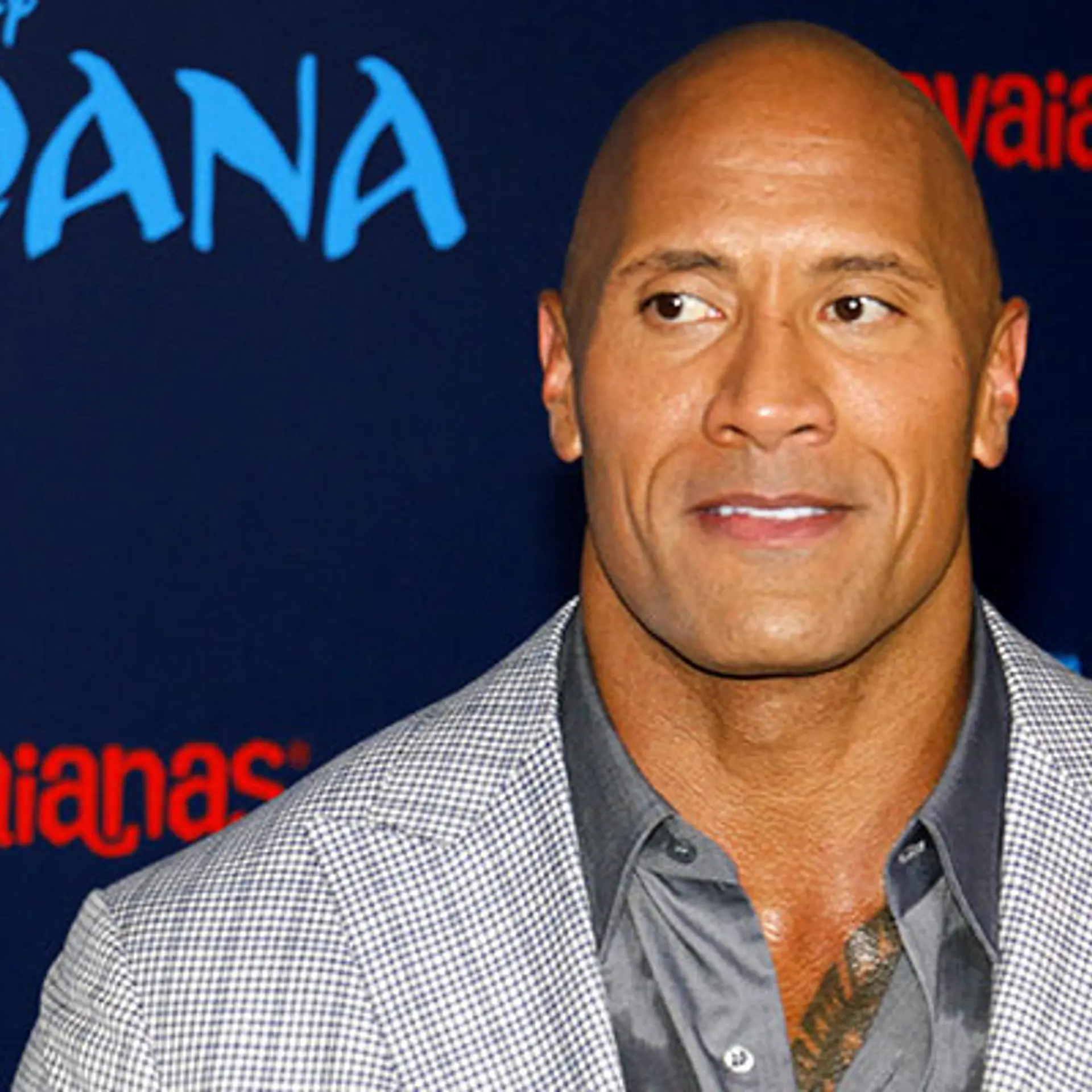Instagram Stories and 5 other biggest 'inventions' of the last decade
It has been exactly one month since Instagram launched Stories, something I have been using a lot lately. It’s a new‘format’ by Instagram that sits on top of your newsfeed and allows you to pop in a stream of photos/videos that expire after 24 hours. If it sounds familiar, there is a good reason— it’s the same ‘invention’ that made Snapchat a $20-billion company.
Instagram got a lot of heat for ripping off Snapchat, but I personally like Instagram Stories more than its Snapchat counterpart. It’s more easy to use (as opposed to confusing and opaque Snapchat). Pictures do look better than Snapchat; theymay be more high resolution. But maybe I am a generation older than the current Snapchat demographic.
Some on the other hand, point out significant difference between the Stories. As Atlantic recently pointed out,
While a 24-hour Snapchat story lasts much longer than a 10-second disappearing Snapchat message, a 24-hour Instagram story perishes faster than an Instagram post, which is never automatically deleted. In other words, Snapchat invented stories to promote permanence, but Instagram adopted them to encourage ephemerality.

Kevin Systrom, Instagram CEO. Image Credits: Techcrunch
When Josh Constine of Techcrunch questioned this blatant copying, Instagram CEO Kevin Systrom replied with this:
“When you are an innovator, that’s awesome. Just like Instagram deserves all the credit for bringing filters to the forefront. This isn’t about who invented something. This is about a format, and how you take it to a network and put your own spin on it.
“Facebook invented feed, LinkedIn took on feed, Twitter took on feed, Instagram took on feed, and they all feel very different now and they serve very different purposes. But no one looks down at someone for adopting something that is so obviously great for presenting a certain type of information.”
What really struck me in his message was the use of the word ‘invention’.

Image credit- Shutterstock
‘Invention’ is a word I usually associated with something that changed the human existence thereafter, like the steam engine or telephone or airplane. Such loose usage of the term made me a bit uncomfortable. But the more I pondered over it, the more it made sense.
On the one hand, Peter Thiel’s very famous statement, “We wanted flying cars, instead we got 140 characters,” comes to mind, but on the other hand, transformative ways in which Foreign Minister Sushma Swaraj is using Twitter also can’t be denied. Twitter has actually provided for a new communication platform with wide ranging applications.
For those who haven’t yet done so, I highly recommend watching this amazing debate between Peter Thiel and Marc Andreessen. It revolves around whether we are still innovating or not.
As Marc has rightly pointed out, “The whole basis of civilisation is communication.” It’s the catalyst for multi-cultural understanding and, ultimately, innovation itself. Massive advances in globally available free communication aren’t exactly trivial.
This got me thinking as to which other ‘inventions’ or advances have happened in the past decade, which have been picked up by other communication platforms and are now transforming the lives of billions.
News Feed
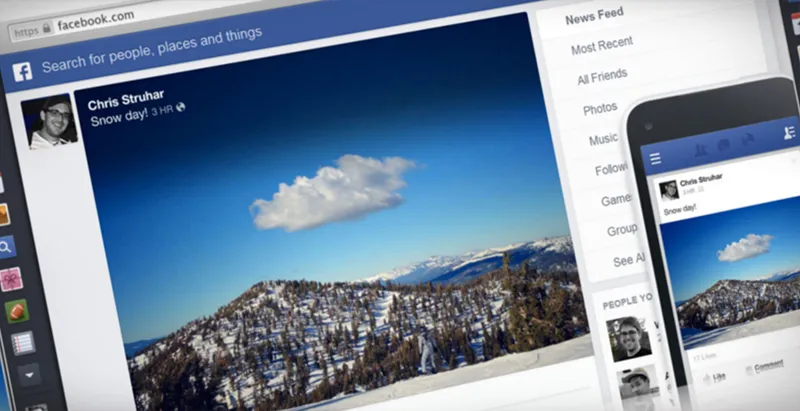
Image Credits: Socialmediatoday
As Kevin Systrom pointed out, Facebook invented the concept of the news feed. Launched on September 5, 2006, News Feed appeared on the homepage, while a mini-feed appeared on each person’s profile page. It was initially received with a lot of criticism, because people weren’t ready for their updates to be tracked by others — even friends. It has been upgraded constantly, becoming more personalised, as opposed to focusing only on chronological updates.
Now all major social platforms like LinkedIn, Twitter,andInstagram have news feeds. They occupy the most important real estate of those websites. News feeds are the place where people spend most time on the internet.
Hashtag
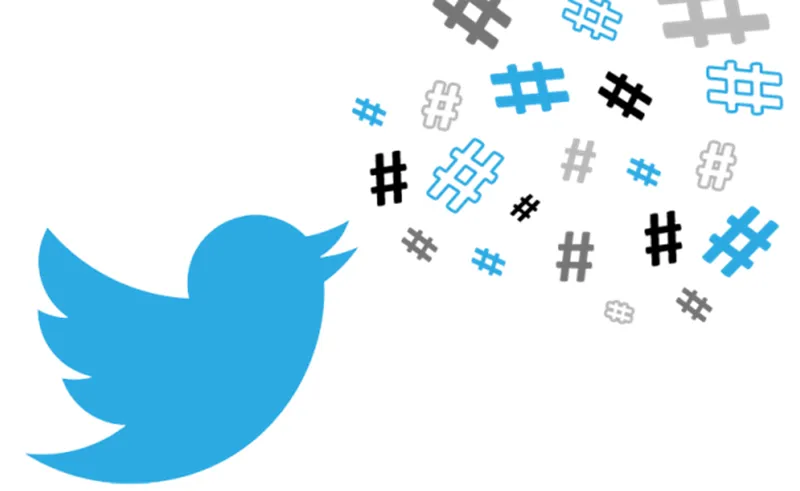
Image Credits: AlchemyAPI
Hashtags are generally used by online users to discuss specific events/issues, categorically arranged so that other users can easily search for the topic and participate in the conversation.
Most people associate its beginnings with Twitter, which is partially true as well; thehashtag or pound sign earlier used in programming found its way to IRC channels to label topics and groups.
Chris Messina, a social technology expert, is credited with coming up with Twitter’s first hashtag. He first posted the hashtag #barcamp in August 2007. The whole tweet appeared like this: ?how do you feel about using # (pound) for groups. As in #barcamp [msg]?? Messina came up with the hashtag with the purpose of gathering discussions and online exchanges regarding BarCamp, a technology unconference gathering activity that spans worldwide.
Since then, hashtags have spread to other social media sites and all over the internet to become one of the most widely used functions.
Instagram, Facebook, Flickr, Tumblr, and Google+ — all of them use hashtags to structure their conversations now. In 2014, owing to its popular use, the word ‘hashtag’ was added to the Oxford English Dictionary as well.
Filters
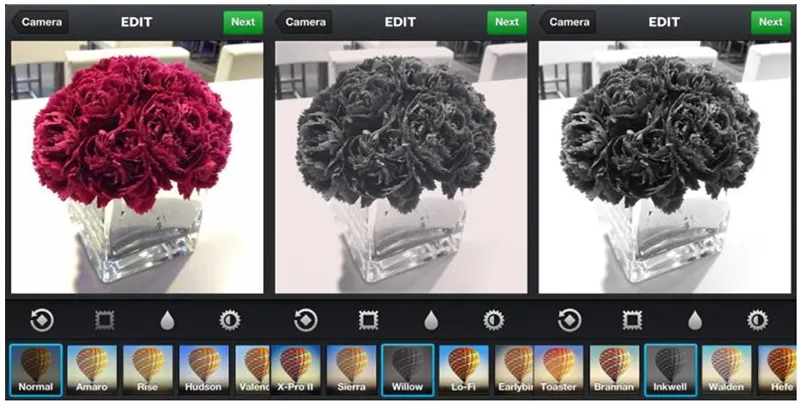
Image Credits: The Next Web
Photo filters were definitely not invented by Instagram. Much before Instagram made photo manipulation a swipe away, people used physical filters on their cameras to change the look of the picture. Digital manipulation softwares such as Photoshop also had one-click solutions such as Photoshop Actions to quickly edit photos.
With a vision to do to digital photos what Polaroid did to print photography, Instagram was started by Stanford geeks Kevin Systrom and Mike Krieger in 2010. Instagram launched with 11 preset filters that allowed people to add retro-chic to their snaps with brightened colours or fading effects. Within a little over a month, they had more than a million people signed up.
Snapchat took this ‘invention’ from Instagram and notched it up a bit to make Lenses in September 2015 (in addition to basic filters) which might soon become an invention in itself.
A few months ago, Prisma also used this invention to create a new format — art filter. It used neural networks and deep learning algorithms to process photos and make them look like art.
A lot of efforts have been made to use this format for videos. But none seem to have worked very well so far. Magisto though has something called Editing Styles which might be closest to an adaptation of this invention.
Check-ins
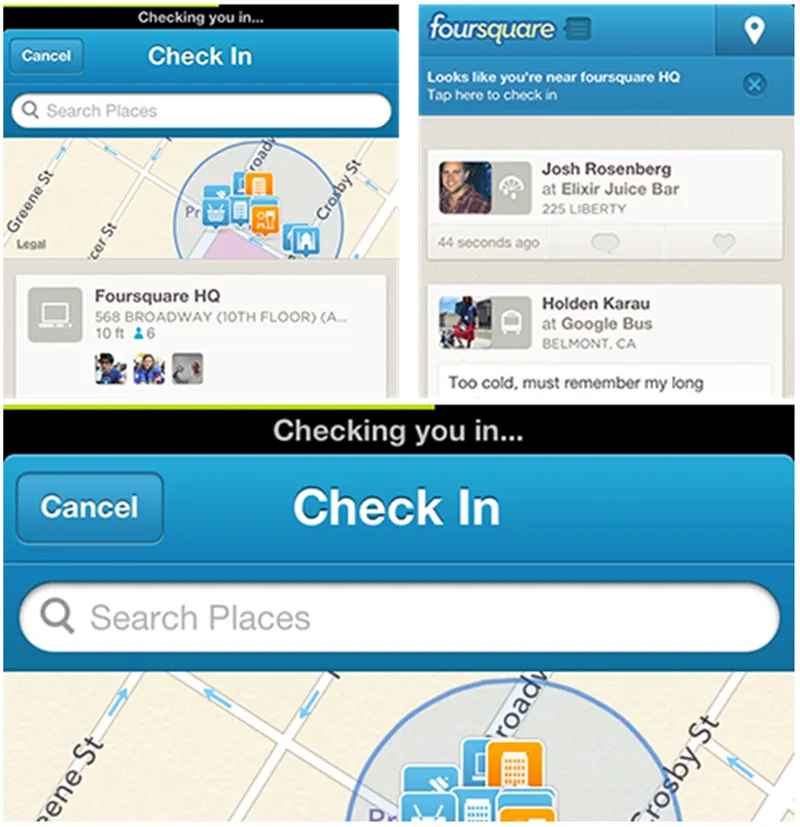
Image credits: Techcrunch
Self-reported positioning was first used in mixed reality game, Uncle Roy All Around You in 2003 and in AR games in 2006. Instead of tracking technologies, players were given a map which they could pan around and subsequently mark their location upon. With the rise of location-based networking, this more commonly came to be known as a user ‘check-in’.
Dennis Crowley, after being acqui-hired by Google in 2005 (Crowley and his co-founder also coined the term ‘acqui-hire’, by the way. Read about its origins here) left Google to start his company Foursquare. Launched in 2009, Foursquare featured a social networking layer that enabled a user to share their location with friends, via the ‘check-in’.
In May 2014, the company launched Swarm, a companion app to Foursquare that reimagined the social networking and location sharing aspects of the service as a separate application, while Foursquare eventually got rid of check-in.
Irrespective of that shift, many social platforms have used Foursquare’s invention upon their platforms. In August 2010, Facebook launched the check-in feature as part of Facebook Places allowing users to check-in to their favourite places and tag people.
Incidentally, Instagram started out as a check-in project called Burbn on mobile photography. Instagram currently also allows users to tag their location.
Emoticons, emojis and stickers
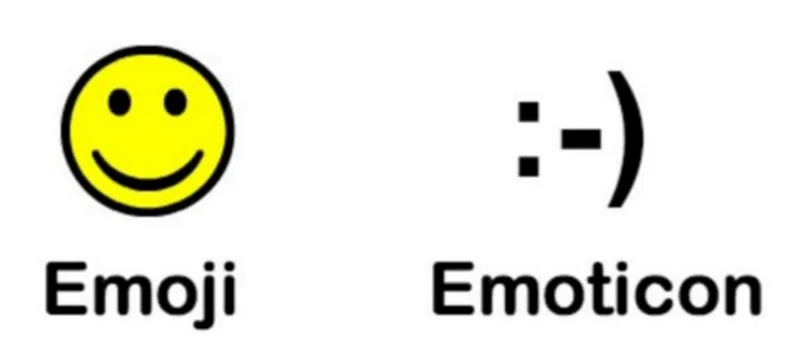
Image Credits: Carolyn Nicander Mohr
First things first. Emoticons and emojis are not the same thing. Read this for the full explanation. Quoting Alex:
An emoticon is a typographic display of a facial representation, used to convey emotion in a text- only medium, like ;-)
Unlike emoticons, emojis are actual pictures, of everything from a set of painted nails (?) to a slightly whimsical ghost (?). And where emoticons were invented to portray emotion in environments where nothing but basic text is available, emojis are actually extensions to the character set used by most operating systems today, Unicode.
Emoticon was invented in 1989 when computer scientist Scott Fahlman suggested the following to the Carnegie Mellon University message board:
19-Sep-82 11:44 Scott E Fahlman :-)
From: Scott E Fahlman<Fahlman at Cmu-20c>
I propose that the following character sequence for joke markers:
:-)
Read it sideways. Actually, it is probably more economical to mark things that are NOT jokes, given current trends. For this, use
:-(
Emojis were on the other hand created in the late 1990s by NTT DoCoMo, the Japanese communications firm.
Both of them have transformed the way people communicate and have found its space across all internet communication platforms.
While both emoticons and emojis were invented before 2000, their cousin stickers were invented in this decade.
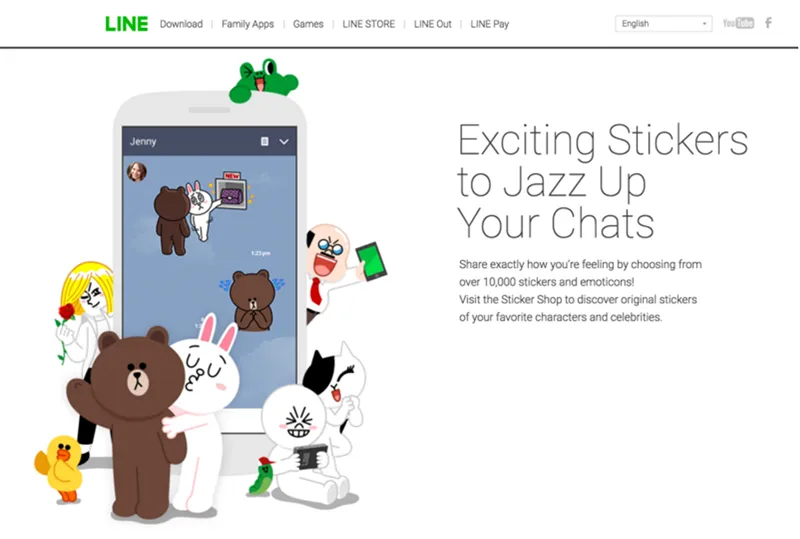
Stickers are the custom pictures that are fully specific to the app, and can’t be cut and paste anywhere else except when they’re treated as an image.
Japanese mobile messaging company Line started developing stickers in 2011. Line shocked everybody when it announced that Line made $17million from selling stickers in the first quarter of 2013.
Facebook also launched stickers in April 2013 on its mobile messaging platform. Sophie Xie, a Facebook designer started the Facebook stickers initiative at a hackathon, and since then stickers have found their way to web messaging as well as comment replies.
As a result of Line’s popularity, a lot of other messaging platforms are also using stickers. Hike, which recently joined the Indian unicorn club, also owes a lot of its popularity to having taken a leaf out of Line’s book.
While a lot of these are not new inventions, Systrom’s statement about takingthe inventions to your network and putting your own spin on it does make a lot of sense.
A lot of such formats like ephemeral messages (championed by Snapchat) and live video are still reaching new networks. Time will tell which ones last long enough to create as big a dent as these 'inventions' have made.
(Disclaimer: The views and opinions expressed in this article are those of the author and do not necessarily reflect the views of YourStory.)






